Episode 223: Q&A: “The fear preventing me from showing my horse is…”
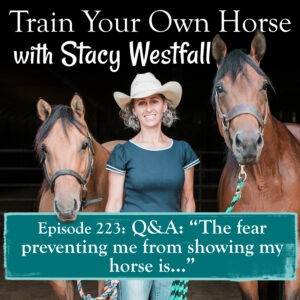
A listener calls in and explains that she has previously enjoyed showing, and would like to show again…but a few thing have changed.
She is older, and now lives in an area where she doesn’t know as many people.
She says, “The fear that is preventing me from showing my horse is the fear of getting hurt or getting someone else hurt.”
In this episode I outline the importance if understanding that fear can be pointing towards an unwanted (negative) emotion, or. fear can pointing towards danger, or both can be present.
Also discussed are the challenges that change with age and a change of situation, the power in acknowledging what specifically you are afraid of, the reasons why traveling brings up issues and ideas for how to assess and proactively approach the challenge.
SUBSCRIBE TO THE PODCAST HERE:
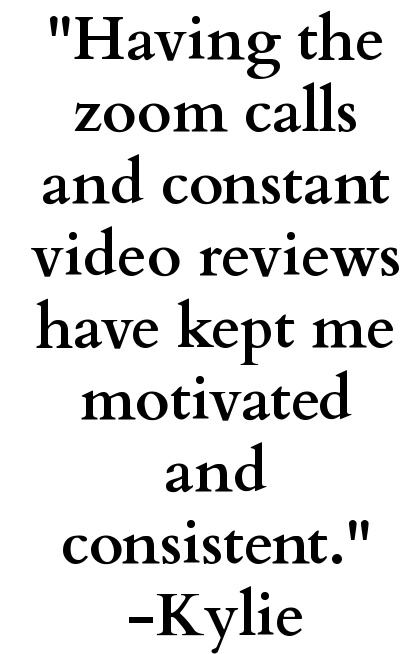
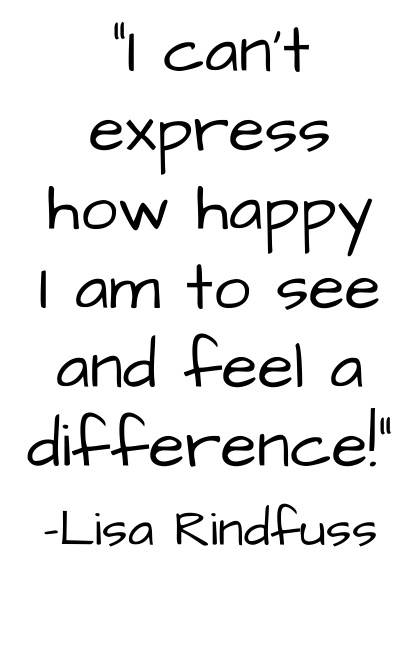
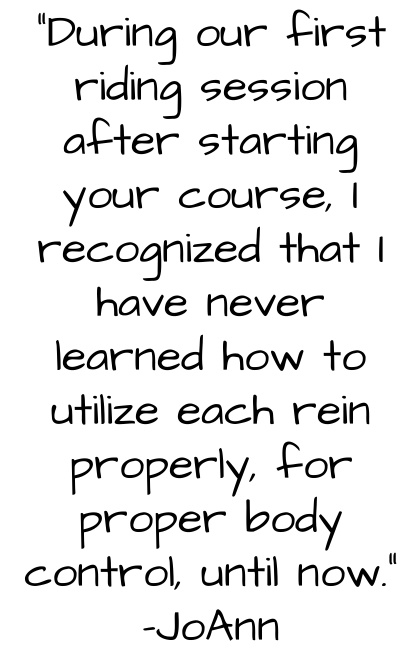
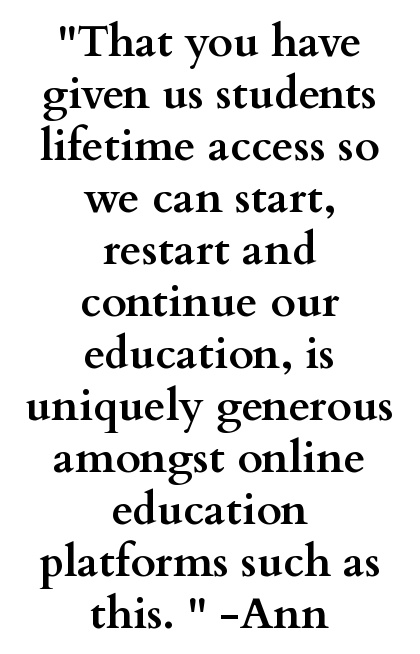
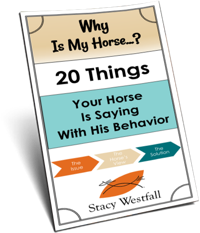
YOURS FREE
WHY IS MY HORSE...?

